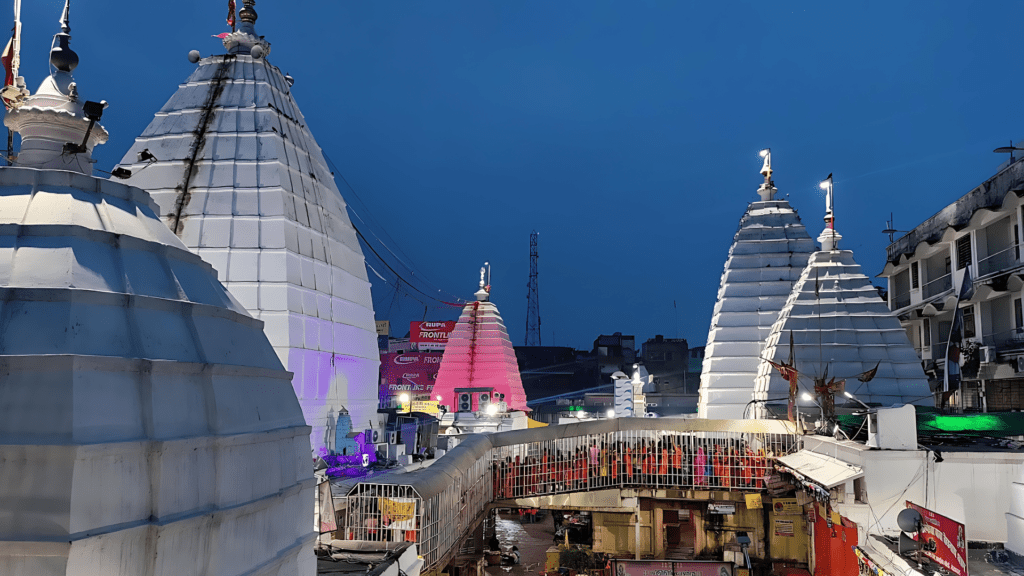The scent hit first—jasmine and marigolds mixed with the earthy smell of the soil after a light rain. Then came the sound: a river of chanting voices, temple bells, and the rhythmic sloshing of water in metal pots, all blending into a single heartbeat. As I turned the corner into the temple complex, the narrow lane suddenly opened up, and there it was: Vaidyanath Jyotirlinga, pulsing with an energy that seemed to vibrate through the soles of my bare feet.
This wasn’t like any other famous temples I’d visited. In Deoghar, time doesn’t flow—it swirls. One moment you’re stepping over coiled electrical wires and dodging bicycles, the next you’re transported to another era by the sound of ancient mantras echoing off centuries-old walls. The air itself feels thick with devotion, like walking through liquid history.
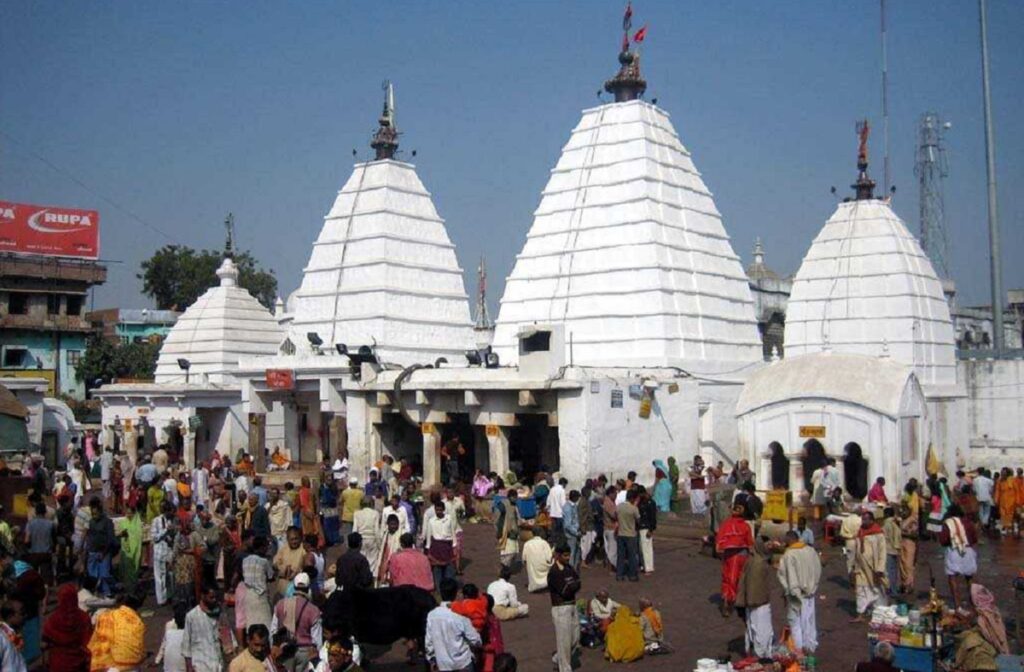
Most people think of Vaidyanath as just another stop on a pilgrimage in India, but standing there with the cool marble beneath my feet, I realized this place operates on a different frequency. It’s not merely a temple; it’s the living, breathing heart of one of the most sacred Jyotirlinga temples in India—a sacred space where the divine isn’t confined to stone but flows through every alley, every face, every drop of water carried by thousands of pilgrims.
The Legend That Made Vaidyanath Sacred
Vaidyanath isn’t just a temple; it’s the physical manifestation of a cosmic story that’s been told for millennia. According to the Shiva Purana, the demon king Ravana was a great devotee of Shiva. He performed intense penance to receive a boon—a Jyotirlinga that would make him invincible.
Shiva granted his wish but with a condition: Ravana could never place the lingam on the ground. As Ravana was returning to Lanka with the lingam, Lord Vishnu intervened, creating an illusion that made Ravana believe it was time for his evening prayers. Needing to place the lingam temporarily, Ravana asked a young boy (actually Vishnu in disguise) to hold it.
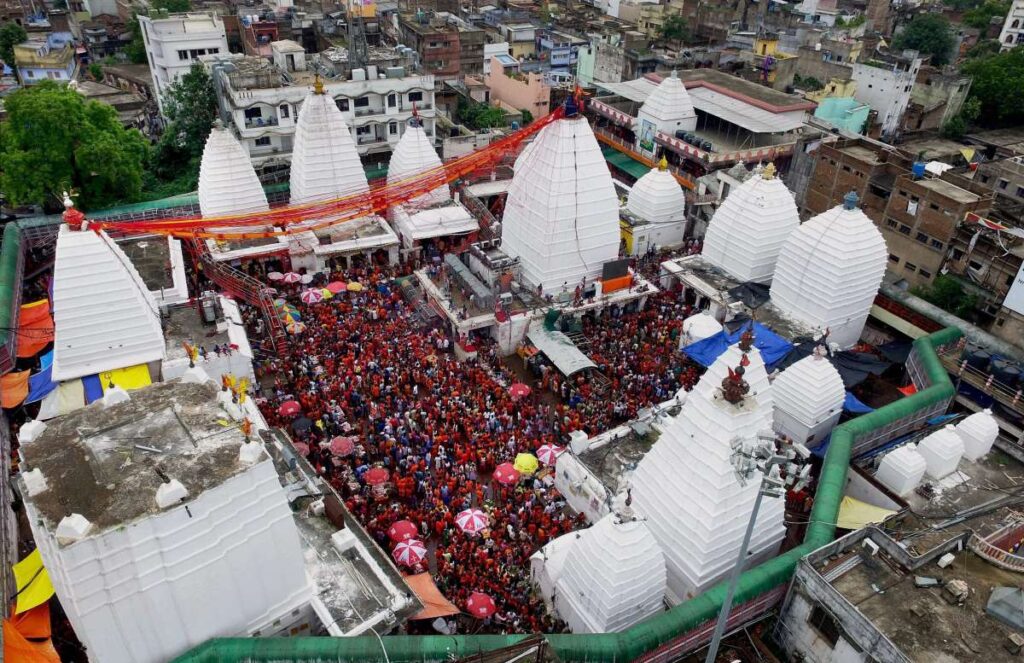
When Ravana returned, the boy placed the lingam on the ground, where it immediately rooted itself to the earth. When Ravana tried to lift it, he couldn’t, and the lingam split into pieces. The main portion became the Vaidyanath Jyotirlinga in Deoghar, while other fragments appeared at different locations across India.
What makes this story special is how it’s woven into the landscape. The temple complex contains several shrines that mark where different parts of the lingam fell, creating a living map of the legend. During my visit, a local guide showed me the exact spot where Ravana is said to have placed the lingam (now the main sanctum), and the cave where he tried to retrieve it (accessible only during certain rituals).
Vaidyanath: The Lord of Healing
The name “Vaidyanath” translates to “Lord of Physicians” or “Healer,” and this is what makes this Jyotirlinga unique among the twelve. While all Shiva temples represent aspects of the divine, Vaidyanath specifically embodies Shiva’s power to heal both physical and spiritual ailments.
Standing before the sanctum, you can feel this healing energy in your bones. Unlike other Jyotirlinga temples that focus primarily on liberation (moksha), Vaidyanath emphasizes restoration and wholeness. The temple isn’t just a place to seek blessings; it’s a living hospital where the divine physician treats the soul.
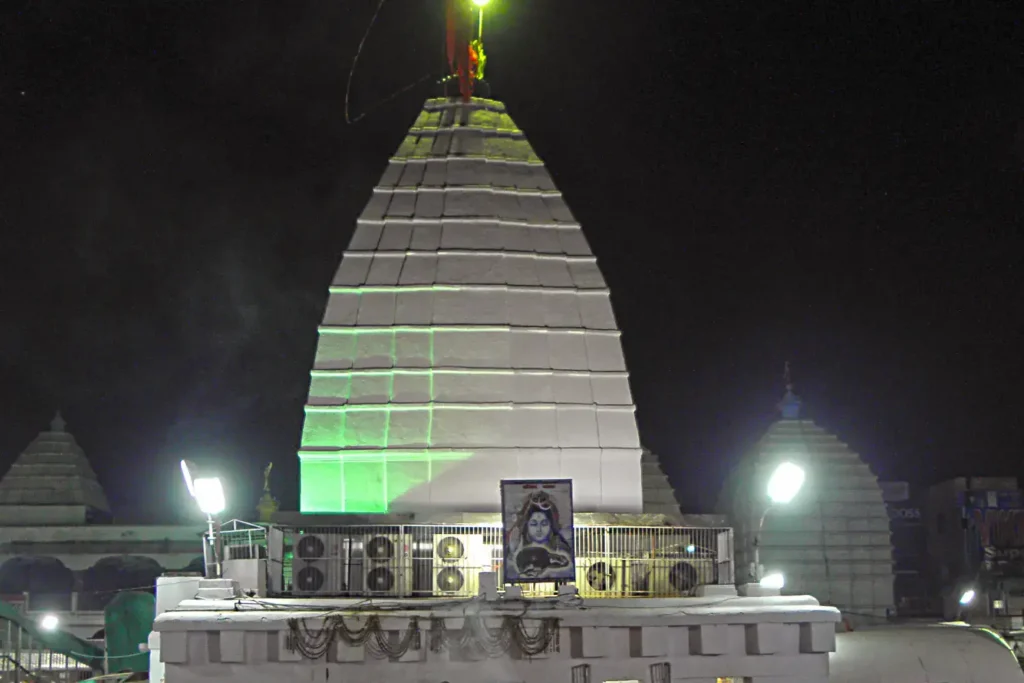
What most visitors don’t realize is how deeply integrated healing practices are with the temple’s daily rituals. The water used in abhishekam (ritual bathing of the lingam) is believed to carry special healing properties, and devotees collect it after the ceremony for consumption or application on affected body parts.
During my visit, I watched as people with visible disabilities or illnesses performed their rituals with particular devotion. An elderly devotee explained that many come here seeking cures for incurable diseases, not as a last resort, but as a first step in their healing journey. “Shiva doesn’t just heal the body,” they said. “He heals the spirit that carries the body.”
The Living Rhythm of the Temple
What transforms Vaidyanath from a historical site to a living spiritual ecosystem is its daily rhythm. The temple doesn’t follow clock time; it moves with the cosmic cycles that have governed Hindu practice for millennia.
At 3 AM, before most of the city is awake, the Bhandar Aarti begins—the ritual lighting of lamps in the sanctum. By 4 AM, the first chants rise with the dawn, mingling with the sound of water being carried by early pilgrims. As the sun rises, the temple comes fully alive—pilgrims streaming through the narrow lanes, priests preparing for the day’s rituals, the scent of sandalwood and incense growing stronger with each hour.
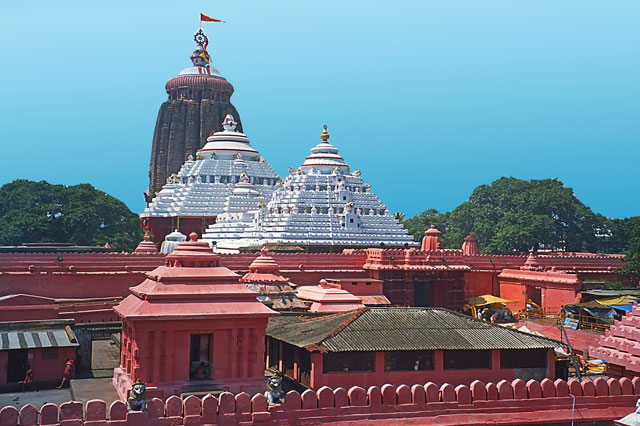
The real magic happens during the Sandhya Aarti at noon. The entire complex seems to vibrate with energy as hundreds of devotees gather for the synchronized chanting and lamp waving. The air fills with the scent of ghee lamps and the sound of conch shells, creating a multi-sensory experience that’s impossible to capture in photographs.
But the most profound moment for me came during the evening aarti, as the setting sun painted the sky in hues of gold and crimson. Standing at the entrance of the temple, watching the golden spire illuminated against the darkening sky, I understood why this place has drawn seekers for thousands of years. It’s not just a ritual; it’s a conversation between the divine and the human that happens every single day, without fail.
The Kanwar Yatra: A River of Devotion
If you visit Vaidyanath during the month of Shravan (July-August), you’ll witness one of the most extraordinary sights in all of India—the Kanwar Yatra. Millions of devotees, known as Kanwariyas, walk barefoot for hundreds of kilometers carrying water from the Ganges in ornate pots (kanwars) to offer at the Vaidyanath Jyotirlinga.
The scale of this pilgrimage is mind-boggling. Roads leading to Deoghar are lined with pilgrims wearing saffron clothes, their shoulders bearing the weight of the kanwars. The air fills with the sound of “Bam Bam Bholenath” as they chant their way toward the temple.
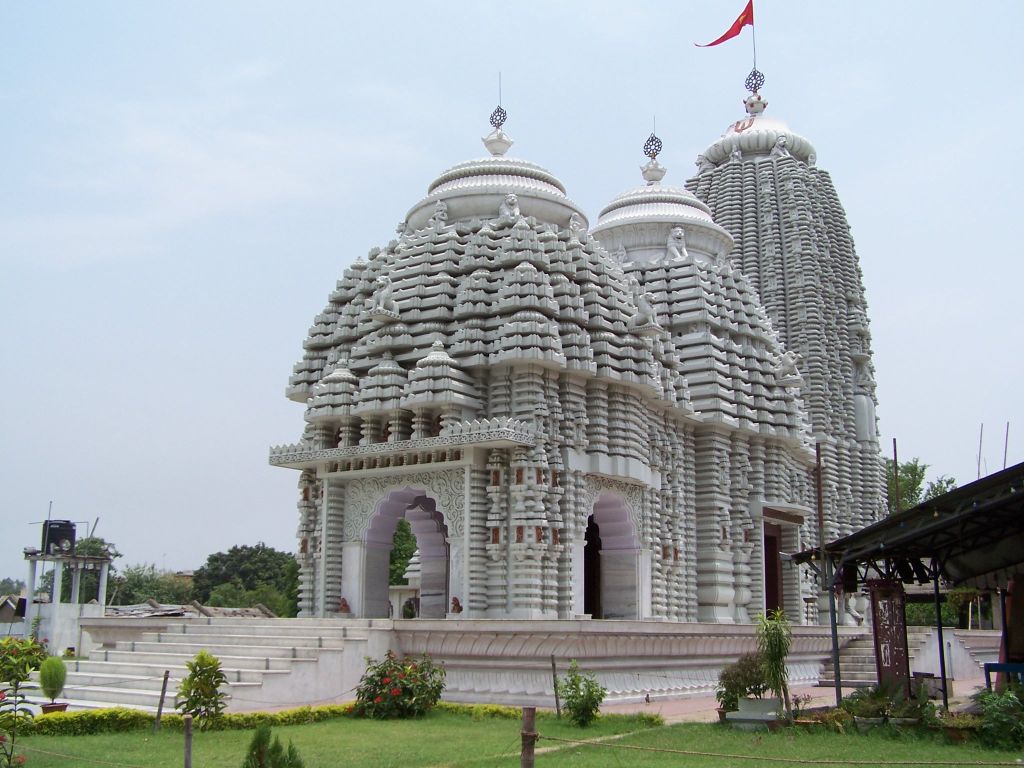
What makes the Kanwar Yatra special isn’t just its size, but its spirit. Complete strangers set up free water stalls, food distribution centers, and medical camps along the route. The sense of community is palpable—young and old, rich and poor, all walking together with the same purpose.
During my visit in Shravan, I joined the flow of Kanwariyas for a short stretch. What struck me most was the quiet determination on their faces. Many walked with visible blisters on their feet, yet their chanting remained steady, their focus unwavering. At rest stops, they shared food and stories, creating temporary communities that dissolved as quickly as they formed.
The most moving moment came when I watched a group of Kanwariyas reach the temple after walking for weeks. Exhausted but radiant, they poured the Ganges water they’d carried for days over the lingam, their faces transformed by devotion. Later, I learned that many Kanwariyas make this journey annually—a physical expression of their spiritual commitment that connects them to something larger than themselves.
The City as Temple: Deoghar Beyond the Walls
What makes Vaidyanath unique among Jyotirlinga temples is that the entire city functions as an extension of the sacred space. Unlike other pilgrimage sites where the temple stands apart from the city, here the divine permeates every alley, every home, every business.
Walking the narrow lanes of Deoghar, you’ll find small shrines tucked between shops, prayer rooms above street-level stores, and entire neighborhoods dedicated to specific rituals. The city itself is laid out as a cosmic diagram, with the temple at its center and concentric circles of sacred spaces radiating outward.
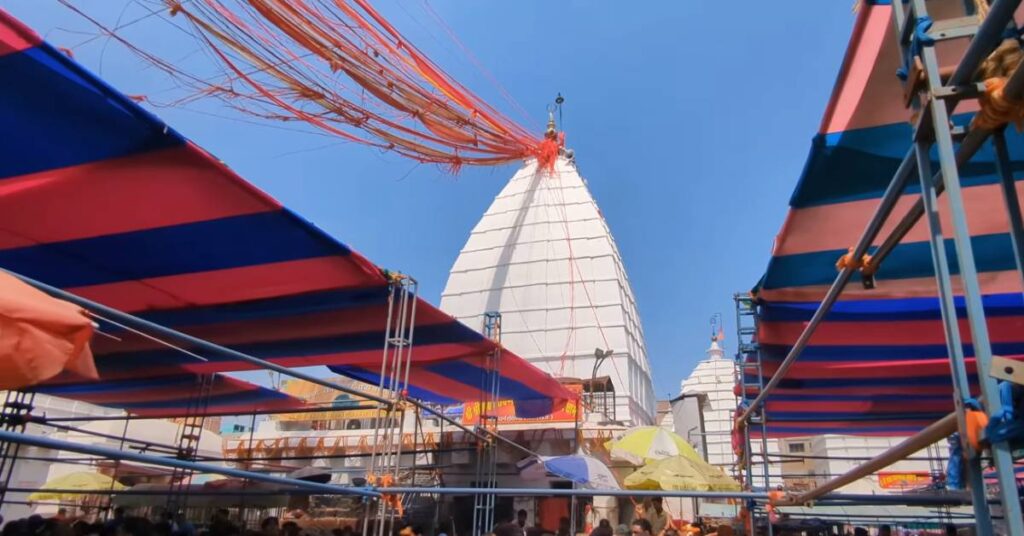
One afternoon, I followed a group of pilgrims on the traditional parikrama (circumambulation) of the city. What began as a simple walk transformed into a spiritual journey as I passed:
- Small shrines to different forms of Shiva
- Ancient banyan trees considered sacred
- Hidden courtyards where sadhus meditate
- Street corners where impromptu chanting sessions break out
The most surprising discovery was how seamlessly daily life integrates with worship. Shopkeepers pause their businesses for quick prayers, students perform puja between classes, and families incorporate temple rituals into their morning routines. In Deoghar, spirituality isn’t confined to temple hours—it’s woven into the fabric of everyday existence.
The Night That Changed Everything
Most visitors leave by sunset, but staying past dark revealed a different dimension of Vaidyanath. As the last tourists filed out, the temple transformed. The harsh fluorescent lights were turned off, replaced by traditional oil lamps that cast dancing shadows on the ancient walls.
Around 9 PM, the complex took on a different energy. The chanting continued, but at a slower, more meditative pace. The temperature dropped, carrying the scent of night-blooming jasmine from nearby gardens. Without the daytime crowds, the architecture revealed details I’d missed earlier—the way moonlight highlighted specific carvings, the subtle shifts in the temple’s energy as the night progressed.
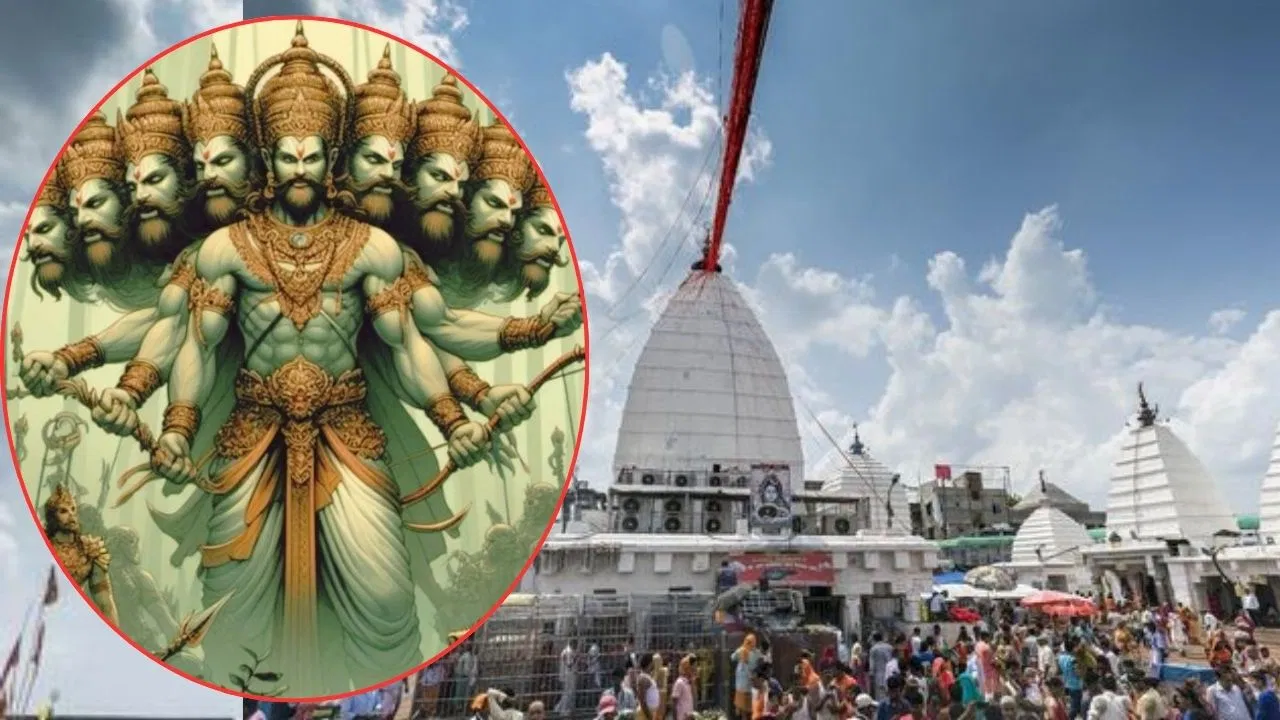
The most profound experience came during the midnight ritual, when the main sanctum is closed to the public but priests perform special pujas for the deity. Standing in the outer courtyard, listening to the distant chanting and the occasional bell from the sanctum, I understood why people come here seeking transformation. The temple isn’t just a place to visit—it’s a space that changes you if you let it.
Lying on a thin mat in the temple courtyard that night, with the sound of the city below and the temple bells above, I felt time itself slow down. The city’s usual chaos had given way to a deep, resonant silence that seemed to vibrate with ancient wisdom. This wasn’t just another stop on a spiritual journey; it was a direct encounter with eternity.
The Food That Feeds the Soul
Temple food in India varies widely, but the langar (community kitchen) at Vaidyanath has a special character. What surprised me most was how the food connects to the spiritual energy of the place.
I spent a morning with the kitchen staff, who welcomed me despite my clumsy attempts to help. The head cook explained that everything served here comes from local farms: rice grown in the surrounding fields, vegetables from nearby gardens, and milk from cows that graze on sacred herbs.
“The food isn’t just nourishment,” she said as she stirred a massive pot of rice. “It’s prasad that carries the energy of this place.” She showed me how they prepare the special “Vaidya Bhaat” (healer’s rice) that’s unique to this temple—using water from the sacred tanks and special spices that have been used for centuries.
What moved me most was learning about the “Anna Daan” (food donation) tradition. Every day, the kitchen prepares extra food specifically for the sadhus and wandering seekers who have nothing. “Shiva is everyone’s god,” the cook explained. “Not just those who can afford to visit the temple.”
During my stay, I shared a meal with a group of pilgrims from different parts of India. As we ate with our hands (as is tradition), someone shared a story about how the temple’s food had sustained them during difficult times. “This isn’t just food,” they said. “It’s love made edible.”
The Hidden Layers: What Most Visitors Miss
Beyond the main temple complex lie layers of history and spirituality that most visitors overlook:
The Healing Courtyard
A small courtyard to the east of the main complex features medicinal plants used in traditional healing practices. For centuries, the temple has been a center of Ayurvedic medicine, with specific plants grown for ritual and medicinal purposes. The connection between physical and spiritual healing remains strong here.
The Whispering Walls
In certain parts of the temple, sound carries in unusual ways. Whisper in one spot, and your voice can be heard clearly 30 feet away. This acoustic phenomenon isn’t accidental—it’s part of the temple’s design, allowing priests to communicate during rituals without breaking concentration.
The Water Network
An intricate system of channels directs water from the sacred tanks through the complex. During certain rituals, the water flows in specific patterns that follow ancient Vastu Shastra principles. Following these channels reveals hidden shrines and ritual spaces most visitors never see.
The Kanwar Path
The route that Kanwariyas follow from the Ganges to the temple isn’t random—it follows an ancient pilgrimage path marked by small shrines at regular intervals. Walking even a short section of this path connects you to the millions who have walked it before you.
Practical Wisdom for Your Pilgrimage
Visiting Vaidyanath requires more than just showing up—it’s an experience that demands preparation and respect:
Best Times to Visit
- Pre-dawn (3-5 AM): For the Bhandar Aarti ceremony
- Late morning (10 AM-12 PM): When the temple is less crowded
- Evening (5-7 PM): For the Sandhya Aarti ceremony
- During Shravan month: For the Kanwar Yatra experience
What to Wear
- Traditional Indian clothing is preferred (dhoti/kurta for men, saree/salwar kameez for women)
- Shoulders and knees must be covered
- Remove all leather items (belts, wallets, etc.)
- Go barefoot inside the temple complex
Ritual Etiquette
- Silence is expected in the inner sanctum
- Photography is prohibited in many areas
- Offerings should be purchased from temple-approved vendors
- Follow the clockwise movement around the sanctum
Hidden Gems
- The rooftop at dawn offers panoramic views of the temple complex
- The eastern courtyard during full moon has special energy
- The small shrine to Nag Devta (serpent god) is believed to have healing properties
- The sound garden behind the main temple is most active in the early morning
What NOT to Do
- Don’t try to negotiate with sadhus (they don’t accept money for blessings)
- Don’t eat non-vegetarian food within 5 km of the temple (it’s considered disrespectful)
- Don’t rush through rituals—observe quietly before participating
- Don’t assume all areas are open (some shrines have restricted access during certain rituals)
The Spiritual Significance: Beyond Ritual
At its core, Vaidyanath represents the understanding that healing isn’t just about curing physical ailments, but about restoring wholeness to the entire being. In a world obsessed with quick fixes, this temple offers a different perspective: true healing comes not from external interventions alone, but from aligning with the divine within.
The experience here transforms one’s relationship with health and wellness:
- Body: Not something to be fixed, but to be honored as a temple
- Mind: Not something to be controlled, but to be calmed through devotion
- Spirit: The true source of healing that connects us to the divine physician
This understanding manifests in subtle ways. Devotees don’t just come here to ask for cures—they come to realign themselves with the healing energy of the universe. The temple teaches that true wellness comes not from escaping suffering, but from understanding its place in the larger cycle of life.
The Living History: Continuity Through Change
Vaidyanath’s history stretches back beyond recorded time. While the current structure dates primarily to the 16th century, the site’s sanctity is ancient. Deoghar itself was mentioned in the Puranas as a sacred site long before the Mauryan Empire.
What makes Vaidyanath remarkable is its continuity. Unlike many famous temples that were destroyed and rebuilt multiple times, Vaidyanath has maintained an unbroken tradition of worship. The rituals performed today follow patterns established centuries ago, creating a living link between past and present.
Walking through the complex, you can see traces of this layered history. The black stone in certain areas dates back to the medieval period, while the intricate silver work in the main corridor was added in the 18th century. Every brick tells a story of devotion that has endured through changing rulers and eras—a powerful reminder that true spirituality transcends political boundaries.
The Modern Experience: Ancient Wisdom in Contemporary Times
In today’s fast-paced world, Vaidyanath offers something increasingly rare—a space where time slows down. Despite the crowds during peak seasons, there’s a palpable sense of calm that permeates the temple complex. People move with purpose, not haste. Conversations happen in whispers, not shouts.
The temple has adapted to modern times while maintaining its essence:
- Digital queue systems manage the crowds without disrupting the sacred atmosphere
- Audio guides in multiple languages explain the rituals without breaking the silence
- Medical facilities serve pilgrims while respecting the spiritual environment
- Educational programs connect ancient healing practices to contemporary wellness
What’s most striking is how the temple serves as a bridge between generations. Elderly devotees sit side by side with young students, sharing the same space and the same devotion. The temple isn’t stuck in the past—it’s a living tradition that continues to evolve while maintaining its core essence.
Why Vaidyanath Belongs on Your Spiritual Journey
If you’re planning a pilgrimage in India, Vaidyanath should be at the top of your list—not because it’s famous, but because it offers something increasingly rare in our disconnected world: a direct encounter with the divine healer.
Unlike other Jyotirlinga temples that feel like destinations, Vaidyanath feels like a homecoming—a place where the divine isn’t confined to stone but flows through every alley, every face, every drop of water carried by pilgrims. It’s not just about checking off a famous temples list; it’s about experiencing the living heart of Hindu spirituality.
During your visit, you’ll discover that Vaidyanath isn’t just a place to see—it’s a space to be healed. In a world obsessed with doing and achieving, this temple offers the radical practice of simply receiving. And that, perhaps, is the greatest gift any spiritual journey can offer.
So if you’re seeking more than just another stop on your pilgrimage in India, consider making the journey to Vaidyanath. Not for the Instagram photos or the checklist completion, but for the chance to stand where healing flows like a river—a place where the divine physician doesn’t just reside, but actively welcomes you for treatment.
FAQs on Vaidyanath Temple
Q1. Where is Vaidyanath Temple located?
It is located in Deoghar, Jharkhand, and is one of the 12 sacred Jyotirlingas of Lord Shiva.
Q2. Why is Vaidyanath Temple famous?
The temple is renowned as a Jyotirlinga and for its unique connection with Ravana’s devotion to Lord Shiva.
Q3. What is the legend of Ravana and Vaidyanath Temple?
According to mythology, Ravana worshipped Lord Shiva and offered his ten heads in devotion. Pleased, Shiva manifested here as Vaidyanath Jyotirlinga.
Q4. What is the best time to visit Vaidyanath Temple?
The holy month of Shravan (July–August) attracts lakhs of devotees for Kanwar Yatra.
Q5. How can I reach Vaidyanath Temple?
The nearest railway station is Jasidih Junction, about 7 km from Deoghar. It is well connected by road as well.
Q6. What are the temple timings?
The temple generally opens early morning around 4:00 AM and closes by 9:00 PM.
Q7. Which festivals are celebrated at Vaidyanath Temple?
Maha Shivaratri and Shravan Mela are celebrated with grandeur, drawing thousands of pilgrims.
Q8. Is there any ritual related to Ravana here?
Yes, the tradition of offering water from the Ganges (Kanwar Yatra) is linked to Ravana’s devotion to Shiva.
Q9. Are non-Hindus allowed in the temple?
Yes, the temple is open to all devotees irrespective of caste or creed.
Q10. Is Vaidyanath Temple connected to Ayurveda?
Yes, Shiva is worshipped here as “Vaidyanath,” the divine healer, believed to cure ailments and diseases.

